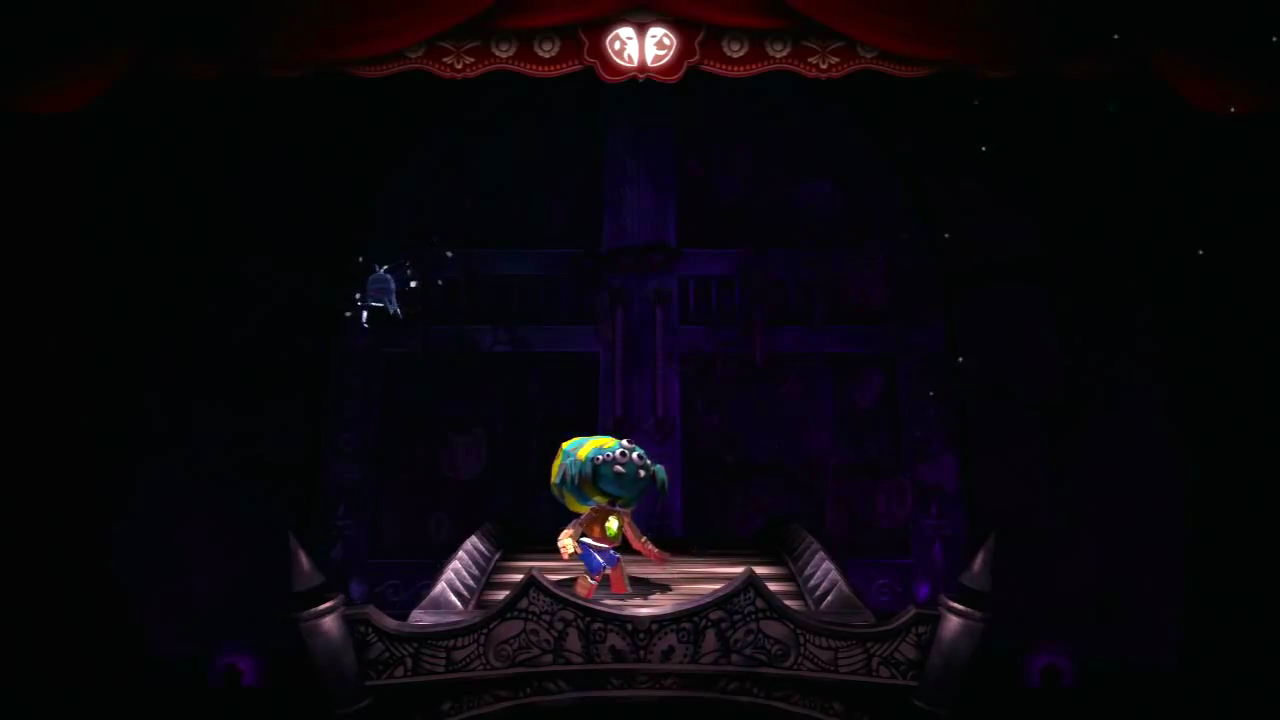

What is a headless browser?Ī headless browser is simply a browser but without a graphical user interface. Fortunately, there are better solutions – headless browsers. These UI elements are not needed when everything is being controlled with code. Unfortunately, loading a browser would take a lot of resources because it has to load a lot of other things like the toolbar and buttons. The easiest way to manage these sites is to open a browser and load the site. The biggest is that it cannot handle dynamic sites – sites that are rendered using JavaScript. Though this is a fast method, it has its limitations.

We covered this process in-depth in our JavaScript web scraping tutorial. This can then be parsed using packages like Cheerio. It directly sends a get request to the web page and receives HTML content. The first method uses packages e.g., Axios. Generally, there are two methods of accessing and parsing web pages. There are a few methods to accessing and parsing web pages, but in this tutorial we will be covering how to do it with Google Puppeteer. If your needs to download a file are more simplistic, you can probably use the other methods mentioned on this thread, or the linked thread.Web scraping and automation with JavaScript has evolved a lot in recent years. The details of DownloadFileRequiringHeadersAndCookies are here.

Var cookieContainer = new CookieContainer() ĬookieContainer.Add(new Cookie(cookie.Name, cookie.Value, cookie.Path, cookie.Domain)) Populate the Cookie Container like this: private CookieContainer BuildCookieContainer(IEnumerable cookies) NEED THIS TIMEOUT TO KEEP THE BROWSER OPEN WHILE THE FILE IS DOWNLOADING!Īwait page.WaitForTimeoutAsync(1000 * configs.DownloadDurationEstimateInSeconds) Var cookieContainer = BuildCookieContainer(pageCookies) Īwait DownloadFileRequiringHeadersAndCookies(getUrl, fullPath, cookieContainer, cancellationToken) Īwait page.ClickAsync("button") Var pageCookies = await page.GetCookiesAsync() Add the cookies to a container for the upcoming Download GET request If (contentType.Contains("application/vnd.ms-excel")) Handle the response with the Excel download Page.Response += async (sender, responseCreatedEventArgs) => Handle multiple responses and process the Download await using (var browser = await Puppeteer.LaunchAsync(new LaunchOptions ))Īwait using (var page = await browser.NewPageAsync()) Once I had that particular response, I had to attach headers and cookies for the remote server to send the downloadable data in the response. In essence, before the button click, I had to process multiple responses and handle a single response with the download. I needed both Headers and Cookies set before the download would start. I had a more difficult variation of this, using Puppeteer Sharp.


 0 kommentar(er)
0 kommentar(er)
